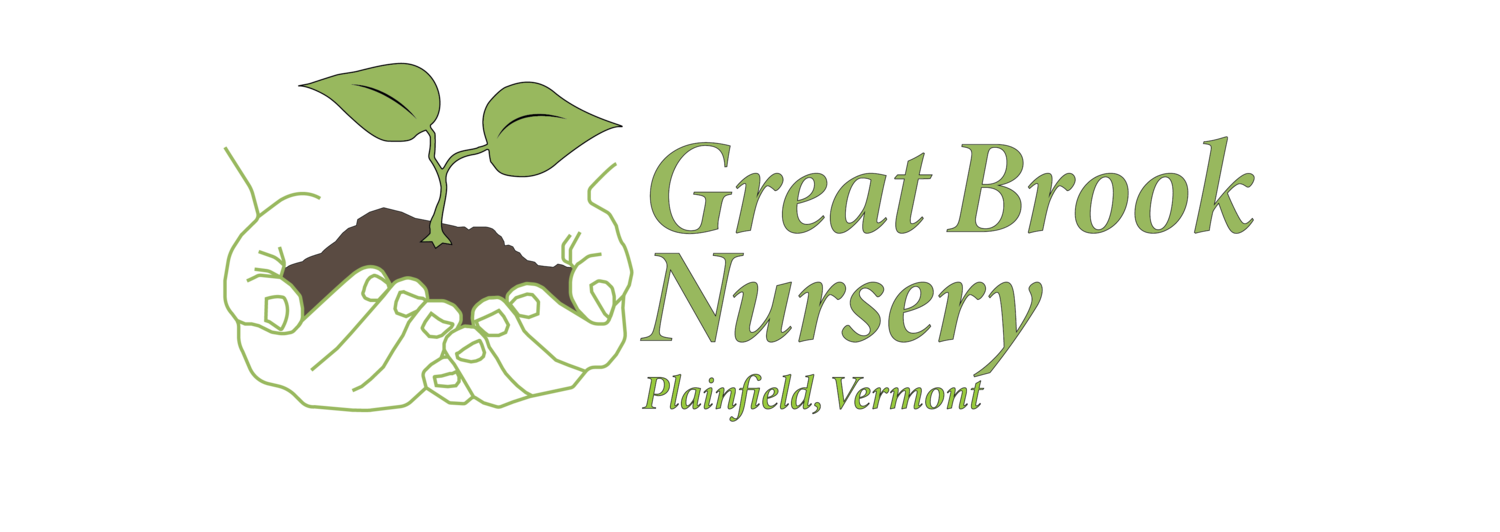 Image 1 of
Image 1 of


Perovskia Atriplicifolia (Lamiaceae)
Known as Russian sage, it was originally in the genus Perovskia, not in salvia. It is now known as Salvia yangii and firmly in the salvia genus. But it is still not specifically Russian, but broadly through the Asian steppe. Regardless, it is a beautiful, woody based member of the mint family with finely cut leaves that are aromatic when crushed. In summer, 3’-4’ spikes of violet-blue flowers rise from the mound forming base and bloom long into the fall. It likes a sunny location and sharply draining soil. Great for a hot dry spot. Used medicinally and culinarily in its native habit. Selected as Perennial Plant of the Year in 1995.
Known as Russian sage, it was originally in the genus Perovskia, not in salvia. It is now known as Salvia yangii and firmly in the salvia genus. But it is still not specifically Russian, but broadly through the Asian steppe. Regardless, it is a beautiful, woody based member of the mint family with finely cut leaves that are aromatic when crushed. In summer, 3’-4’ spikes of violet-blue flowers rise from the mound forming base and bloom long into the fall. It likes a sunny location and sharply draining soil. Great for a hot dry spot. Used medicinally and culinarily in its native habit. Selected as Perennial Plant of the Year in 1995.
Known as Russian sage, it was originally in the genus Perovskia, not in salvia. It is now known as Salvia yangii and firmly in the salvia genus. But it is still not specifically Russian, but broadly through the Asian steppe. Regardless, it is a beautiful, woody based member of the mint family with finely cut leaves that are aromatic when crushed. In summer, 3’-4’ spikes of violet-blue flowers rise from the mound forming base and bloom long into the fall. It likes a sunny location and sharply draining soil. Great for a hot dry spot. Used medicinally and culinarily in its native habit. Selected as Perennial Plant of the Year in 1995.

